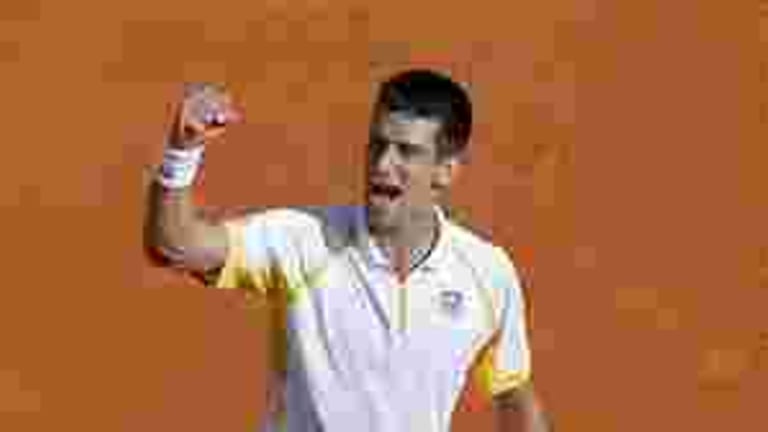Novak Djokovic’s win in Monte Carlo is just what the game of tennis needed at this moment in time. And I don’t know about you, but my appreciation for Djokovic really ticked up a notch in the wake of his straight sets demolition of Rafael Nadal on Sunday. Djokovic manhandled Nadal on same the red clay where Nadal has engraved one of the most astonishing legends of outright excellence in the history of sports — all sports.
One thing I realized while watching their duel under the Mediterranean sun was that Djokovic continues to pay a price for the outstanding record he accumulated in 2011. You remember, he went 70-6 (three of those losses were in the final two tournament weeks of the year), with 10 titles in 11 finals, a 41-match winning streak (not counting walkovers and byes), and six wins over then No. 1 Nadal on three different surfaces.
That record automatically made him an ideal candidate to personify the familiar expression, “The perfect is the enemy of the good.” How could he equal or even top that in 2012? Even some of those who stood in awe of Djokovic’s near-record year (Pete Sampras called it “one of the best achievements in all of sports.”) had to wonder: Is this for real — can he back it up in the future when he comes out of this zone?
In one significant regard, it was a telling comment on the place Djokovic had quietly carved out for himself in the popular imagination. Remember that Djokovic became a Grand Slam champ at almost exactly the same moment that the rivalry between Roger Federer and Nadal achieved critical mass, Djokovic’s success at the 2008 Australian Open easily overshadowed by that “greatest match in history” final at Wimbledon, in which Nadal tamed Federer, 9-7 in the fifth.
Instantly, Djokovic was a little less bright new champ, a little more puzzling third wheel. He became the threat to spoil the potential Federer vs. Nadal clashes that the media was pumping up as the greatest spectacle in tennis. It was a useful promotion but, alas, it immediately rendered any other tennis spectacle a discount item. This sensibility has played a role in shaping the public image of Djokovic, even if it didn’t resonate very long with the minority of dyed-in-the-wool aficionados. The fact that Djokovic hails from a very different Europe than Nadal or Federer also inhibited our full embrace of him.

